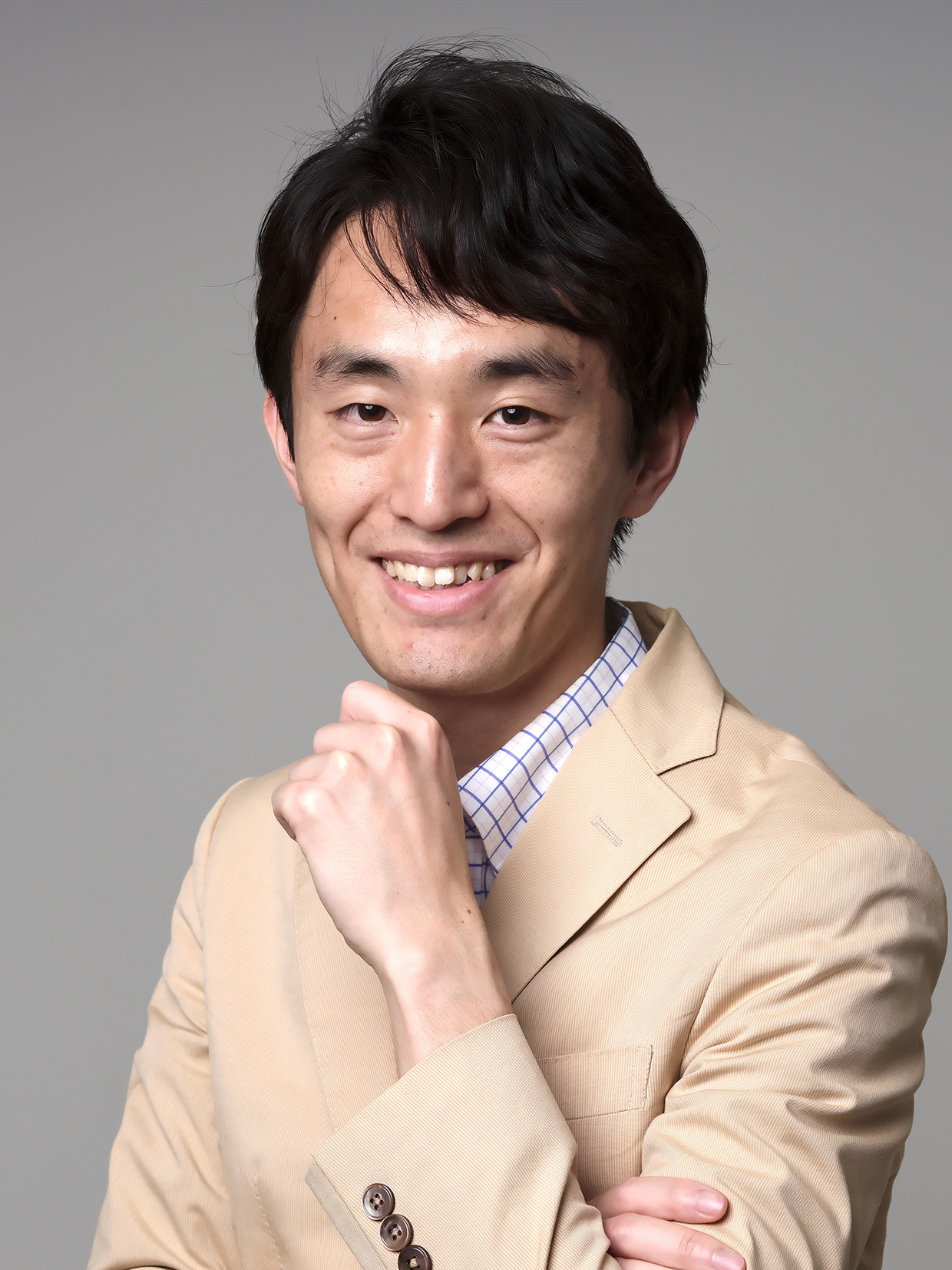Related Outline
How do cells sense extracellular mechanical information? Primary cilia, are known as a cell’s antenna, serve as one of the important mechanosensors in cells. However, with a diameter of only ~200 nm, studying mechanical signals via cilia remains challenging due to technical limitations. To overcome these challenges, I have developed several advanced microscopy techniques. My background is in single-molecule imaging, and by adapting these techniques to the organelle level, I established 3D manipulation nanoscopy and super-resolution microscopy for strain analysis, uncovering the role of nodal cilia in left-right symmetry breaking. Currently, I’m improving these techniques by integrating cutting-edge technologies, such as artificial intelligence, to explore the relationship between cilia-mediated mechanical signaling and biological function.
Career
Takanobu A. Katoh graduated as a top student from the Department of Physics at Gakushuin University in 2014. He conducted research on the development of 3D manipulation nanoscopy in Takayuki Nishizaka’s lab and began collaborating with Hiroshi Hamada’s lab at RIKEN BDR as a JSPS Research Fellow (DC2). He obtained his Ph.D. from Gakushuin University in 2019.
Following this, he joined Hiroshi Hamada’s lab at RIKEN BDR as a researcher and later as a special postdoctoral researcher, where he revealed the role of nodal cilia in left-right determination. In 2023, he moved to Yasushi Okada’s lab as an assistant professor and an Excellent Researcher at the Graduate School of Medicine at the University of Tokyo.
Representative Achievements
- (template)
- A balance between antagonizing PAR proteins specifies the pattern of asymmetric and symmetric cell divisions in C. elegans embryogenesis.
Lim YW, Wen FL, Shankar P, Shibata T, Motegi F.
Cell Reports 36: 109326 (2021).
DOI: 10.1016/j.celrep.2021.109326 - Aurora-A breaks symmetry in contractile actomyosin networks independently of its role in centrosome maturation.
Zhao P, Teng X, Tantirimudalige SN, Nishikawa M, Wohland T, Toyama Y, Motegi F.
Developmental Cell 48: 631-645 (2019).
DOI: https://doi.org/10.1016/j.devcel.2019.02.012 - Establishment of the PAR-1 cortical gradient by the aPKC-PRBH circuit.
Ramanujam R, Han Z, Zhang Z, Kanchanawong F, Motegi F (*Co-first authors).
Nature Chemical Biology 14: 917-927 (2018).
DOI: https://doi.org/10.1038/s41589-018-0117-1 - ImaEdge: a platform for the quantitative analysis of cortical proteins spatiotemporal dynamics during cell polarization.
Zhang Z, Lim YW, Zhao P, Kanchanawong P, and Fumio Motegi F (*Co-first authors).
Journal of Cell Science 130: 4200-4212 (2017).
DOI: https://doi.org/10.1242/jcs.206870 - Cortical forces and CDC-42 control clustering of PAR proteins for C. elegans embryonic polarization.
Wang SC, Low TYF, Nishimura Y, Gole L, Yu W, Motegi F.
Nature Cell Biology 19: 988-995 (2017).
DOI: https://doi.org/10.1038/ncb3577 - Microtubules induce self-organization of polarized PAR domains in Caenohrabditis elegans zygotes.
Motegi F, Zonies S, Hao Y, Cuenca A, Griffin E, Seydoux G.
Nature Cell Biology13: 1361-1367 (2011).
DOI: https://doi.org/10.1038/ncb2354 - Cytoplasmic Partitioning of P Granule Components Is Not Required to Specify the Germline in C. elegans.
Gallo CM, Wang JT, Motegi F, Seydoux G.
Science 330: 1685-1689 (2010).
DOI: https://doi.org/10.1126/science.1193697 - Revisiting the role of microtubules in C. elegans polarity.
Motegi F, Seydoux G.
J. Cell Biology 179: 367-369 (2007).
DOI: https://doi.org/10.1083/jcb.200710062 - Sequential function of RHO-1 and CDC-42 establishes cell polarity in Caenohrabditis elegans embryos.
Motegi F, Sugimoto A.
Nature Cell Biology 8: 978-985 (2006).
DOI: https://doi.org/10.1038/ncb1459 - Two phases of astral microtubule activity during cytokinesis in C. elegans embryos.
Motegi F, Veralde N, Piano F, Sugimoto A.
Developmental Cell 10: 509-520 (2006).
DOI: https://doi.org/10.1016/j.devcel.2006.03.001

